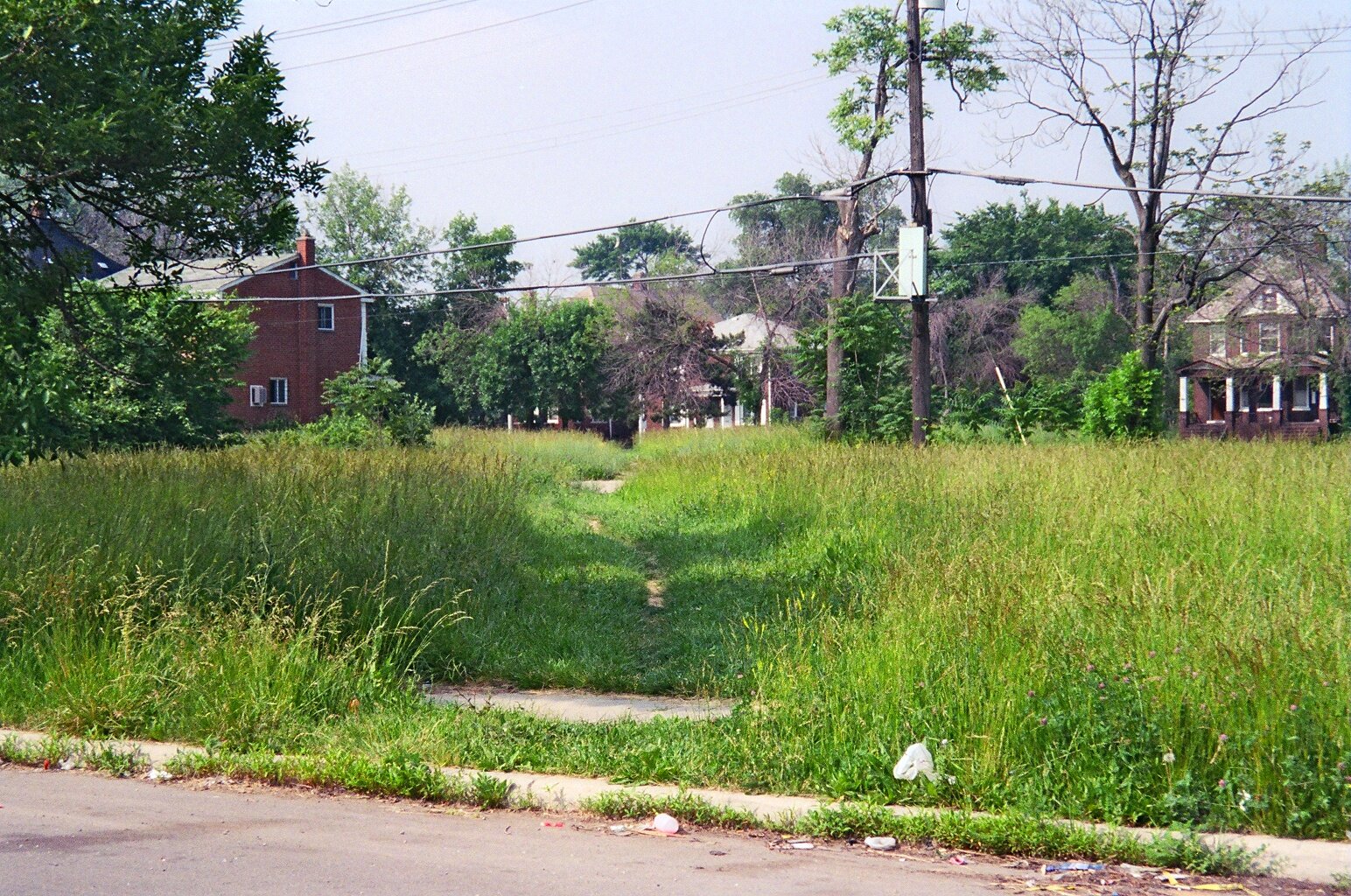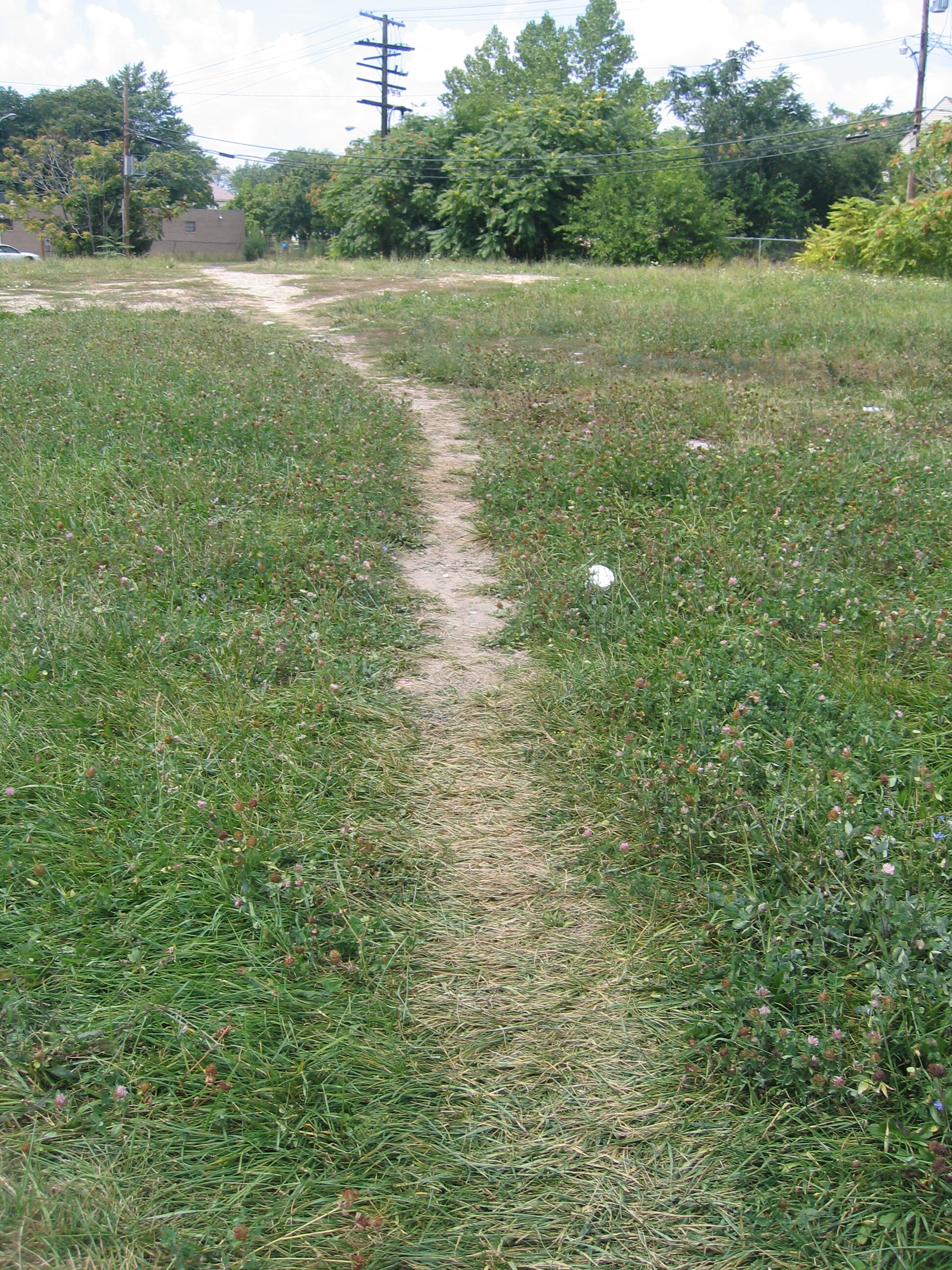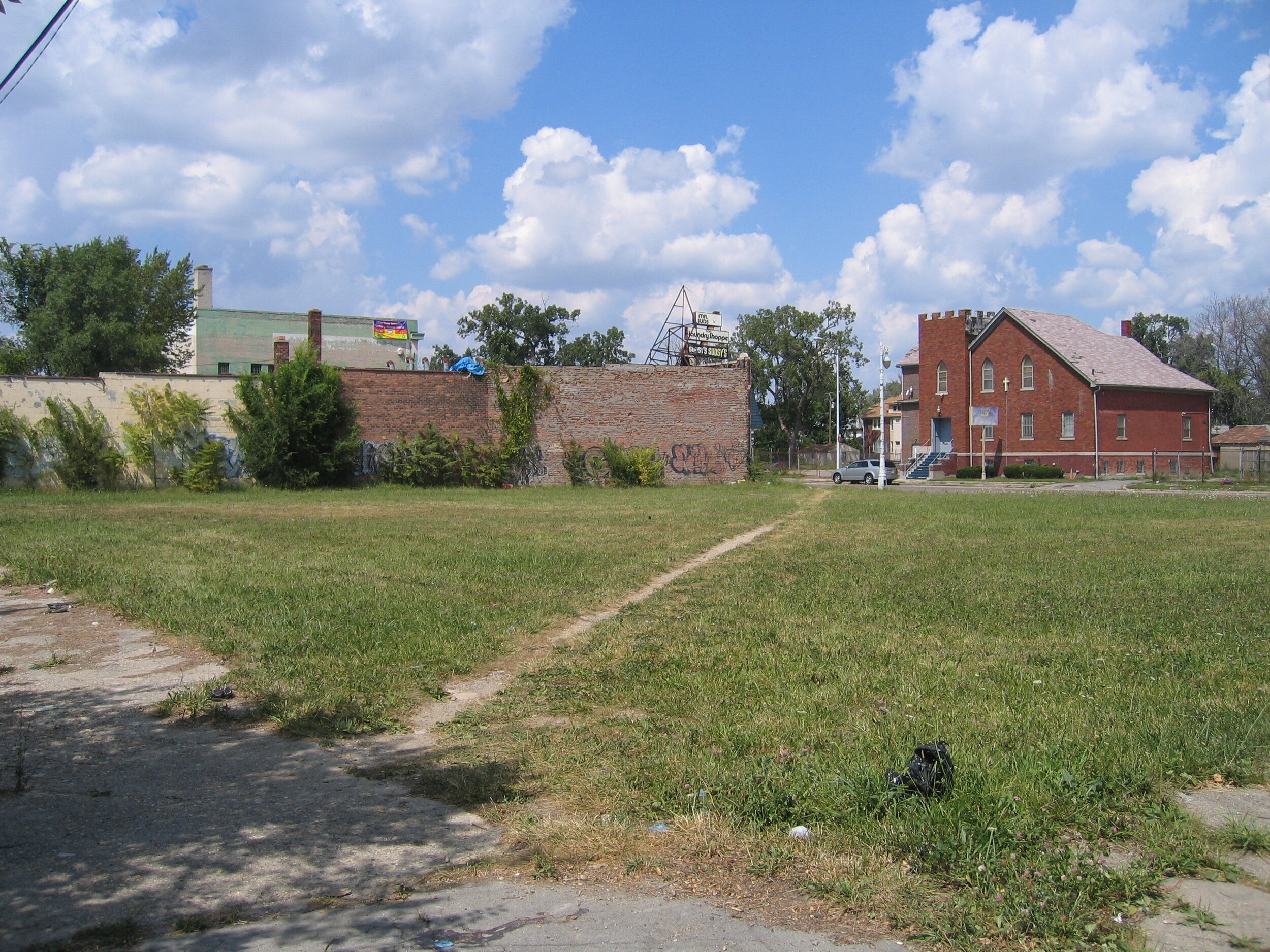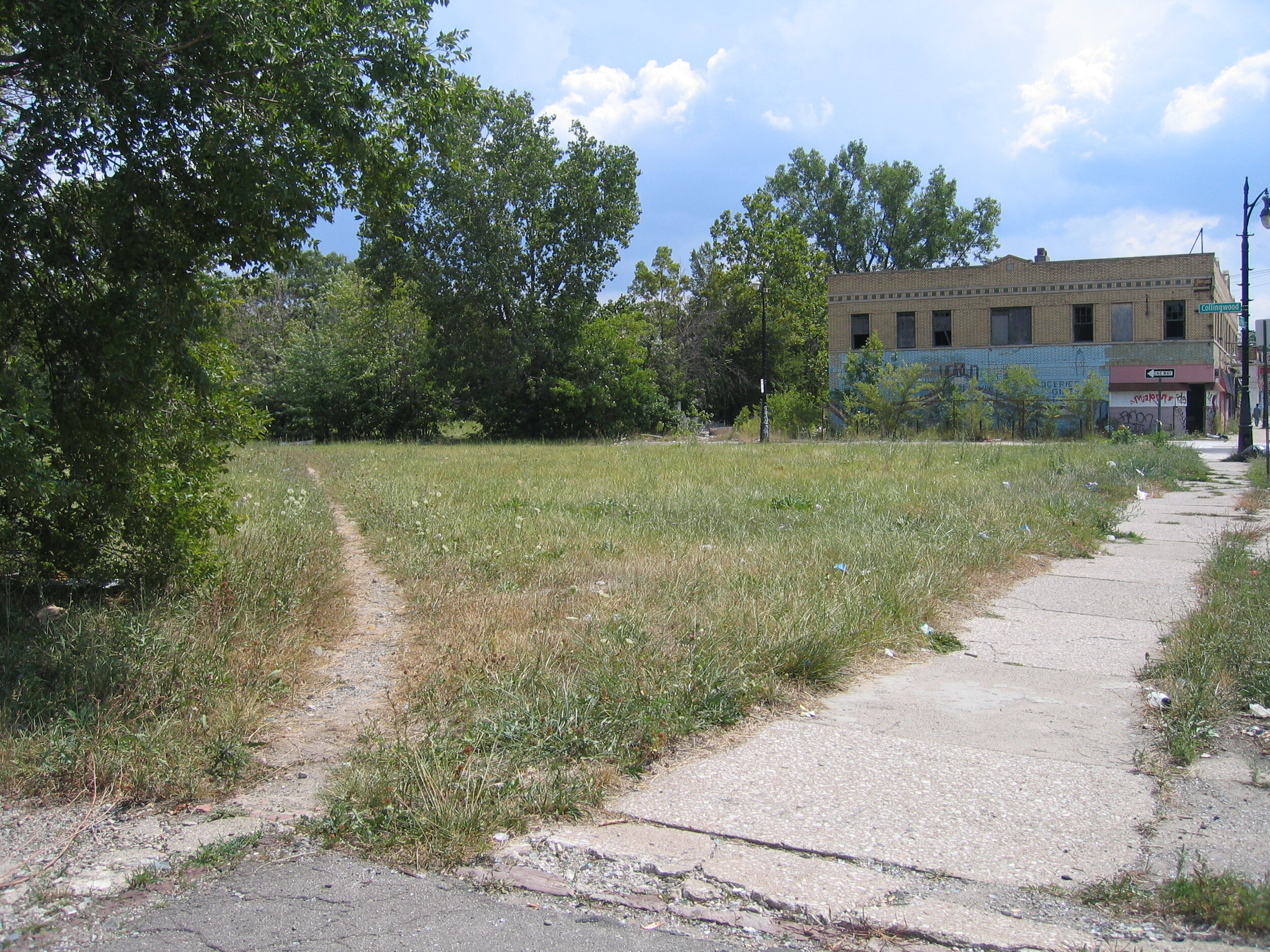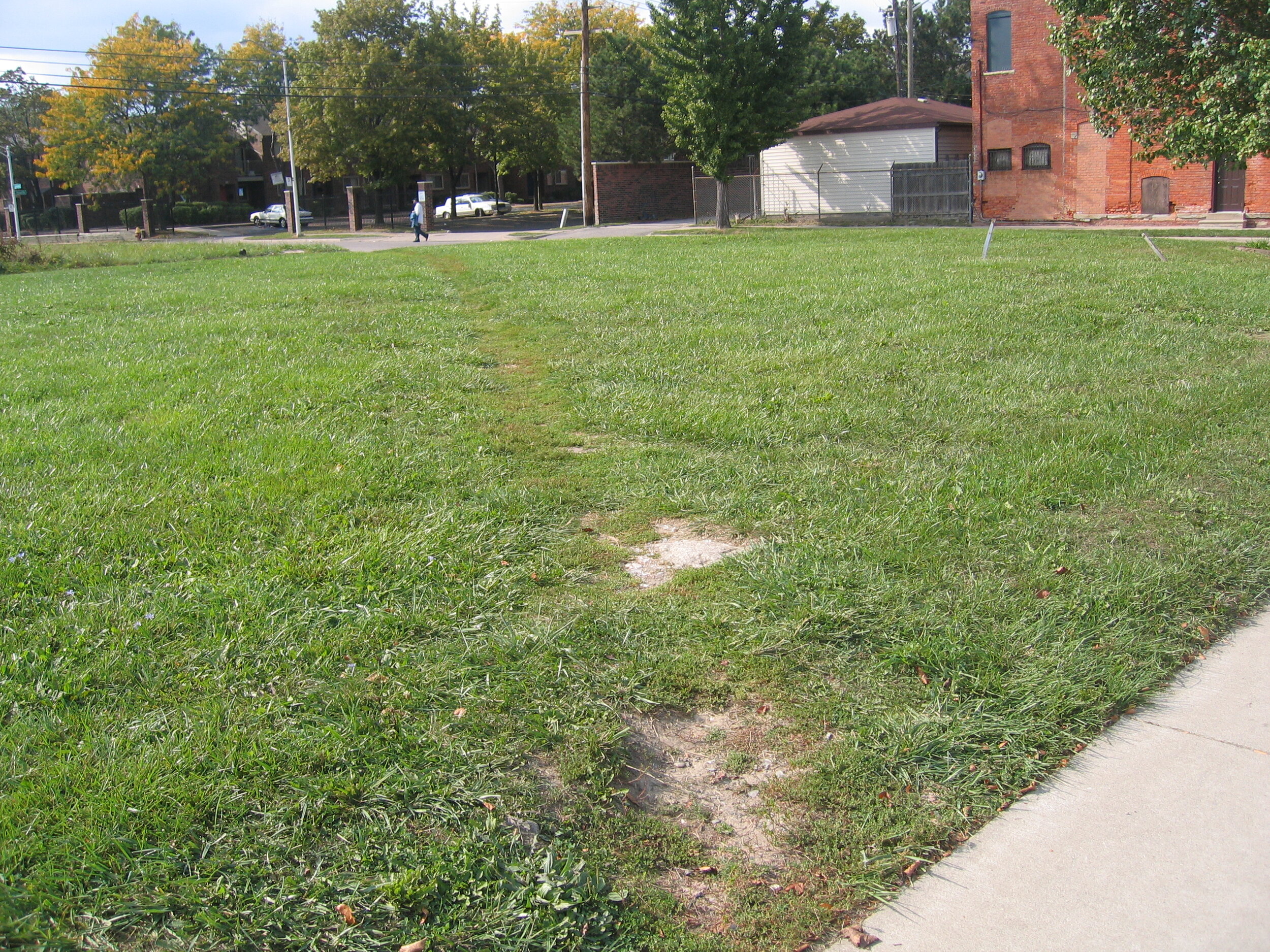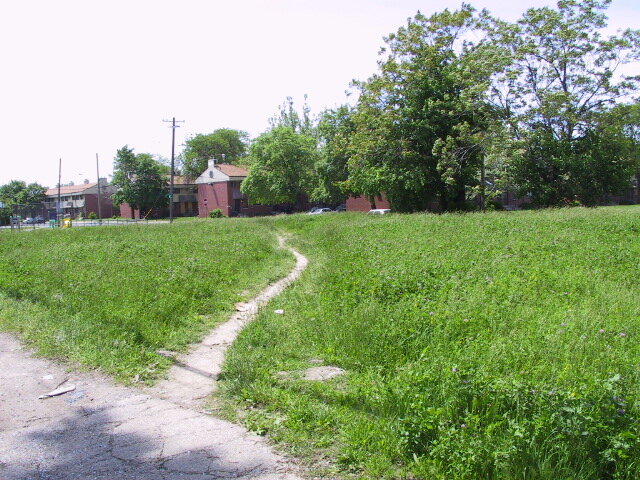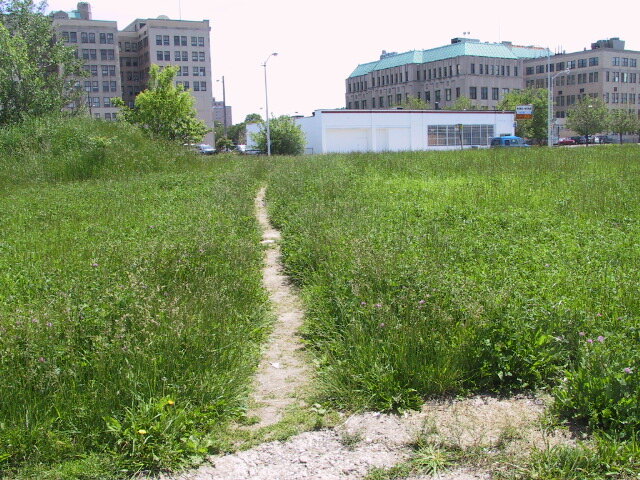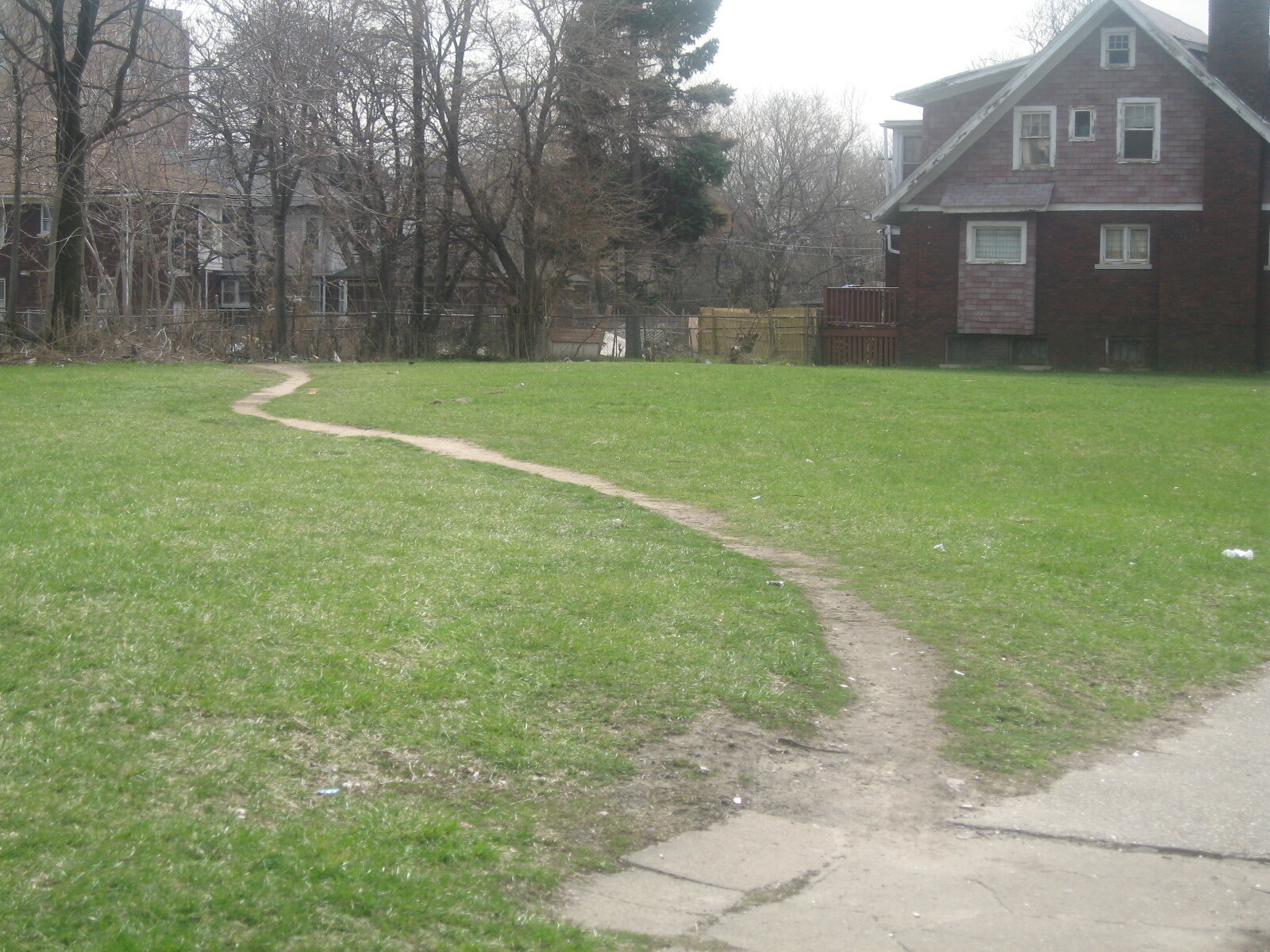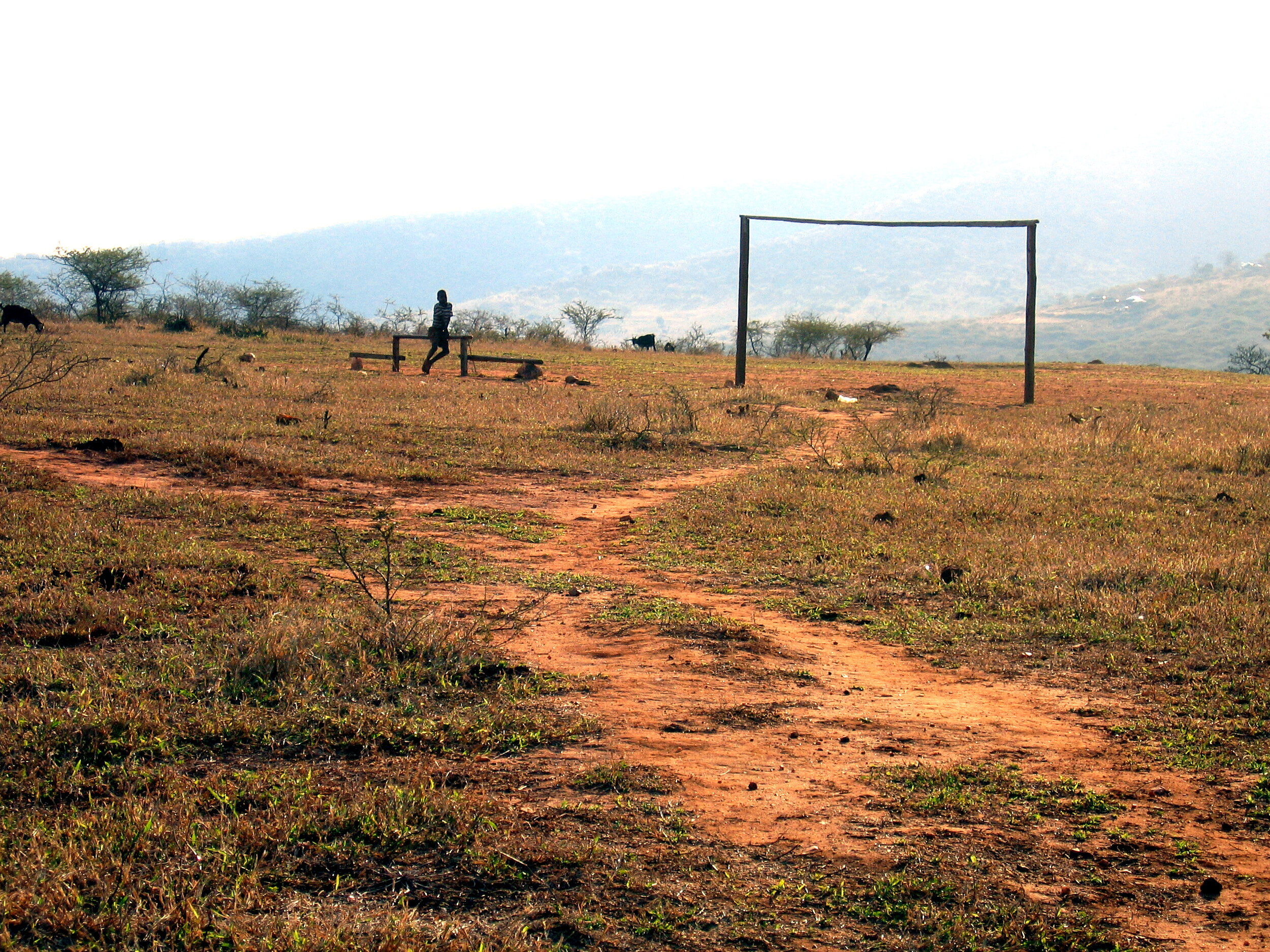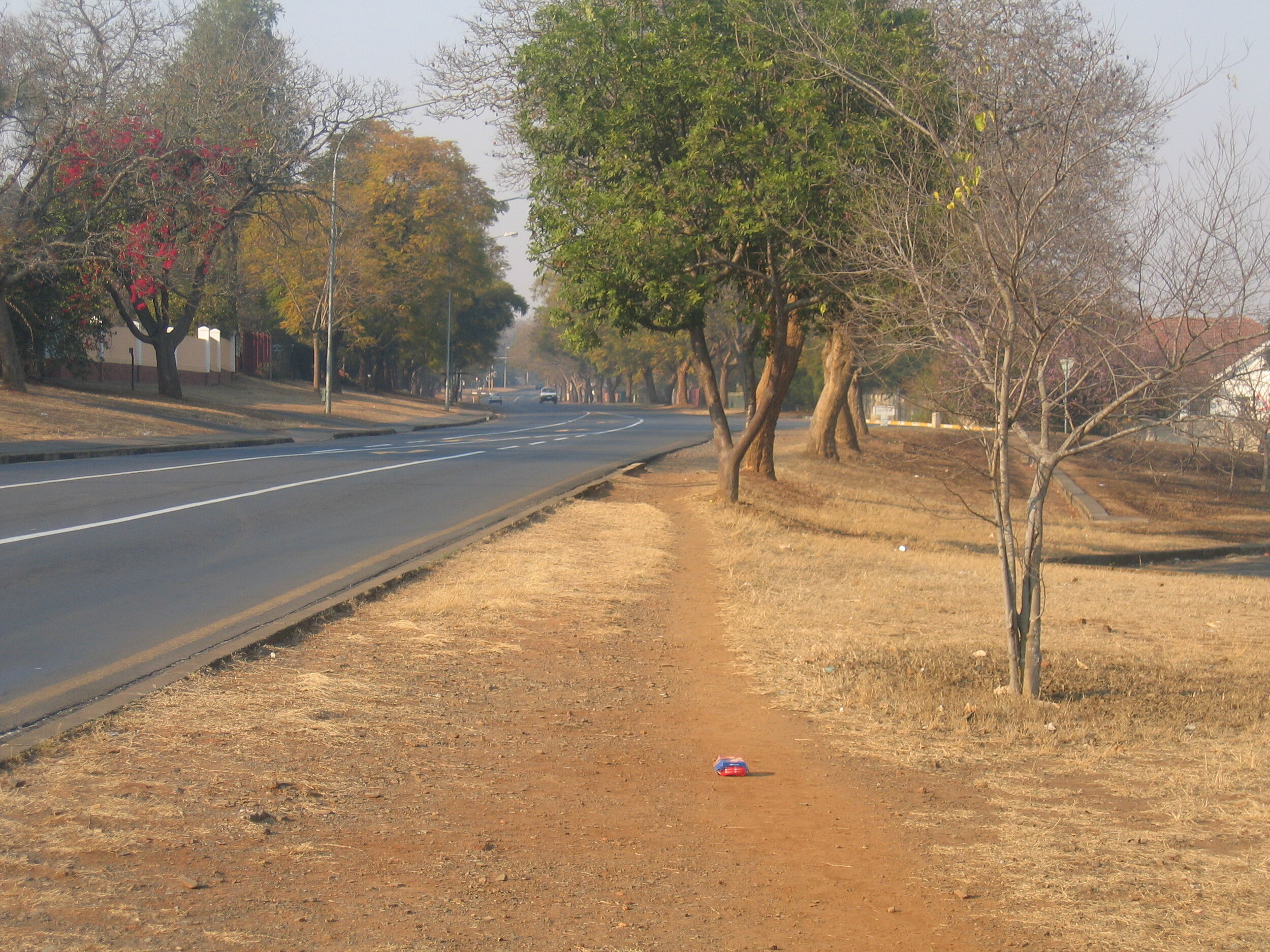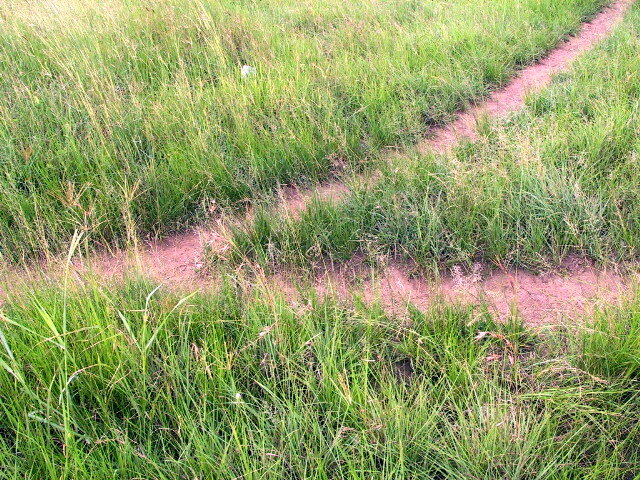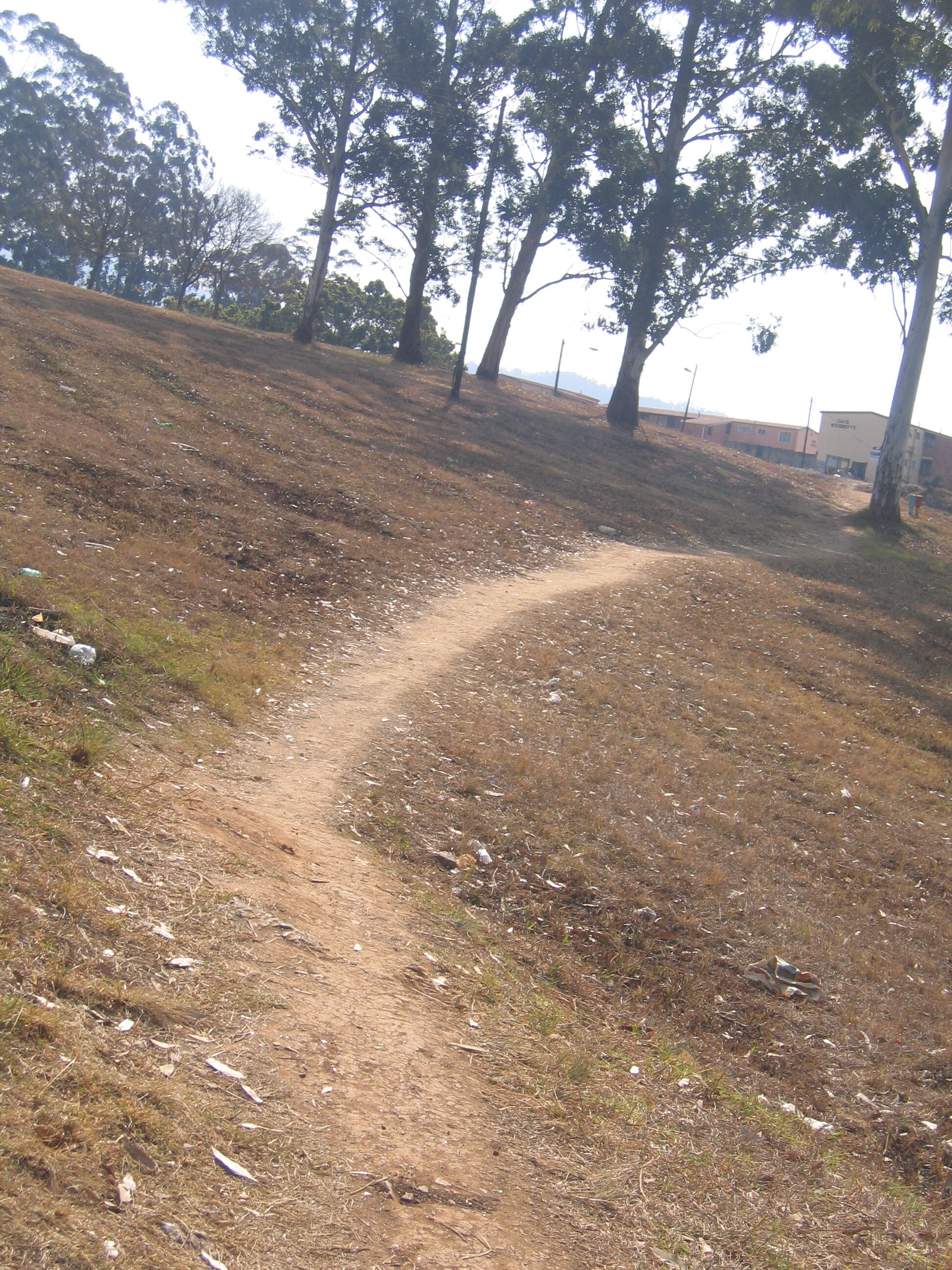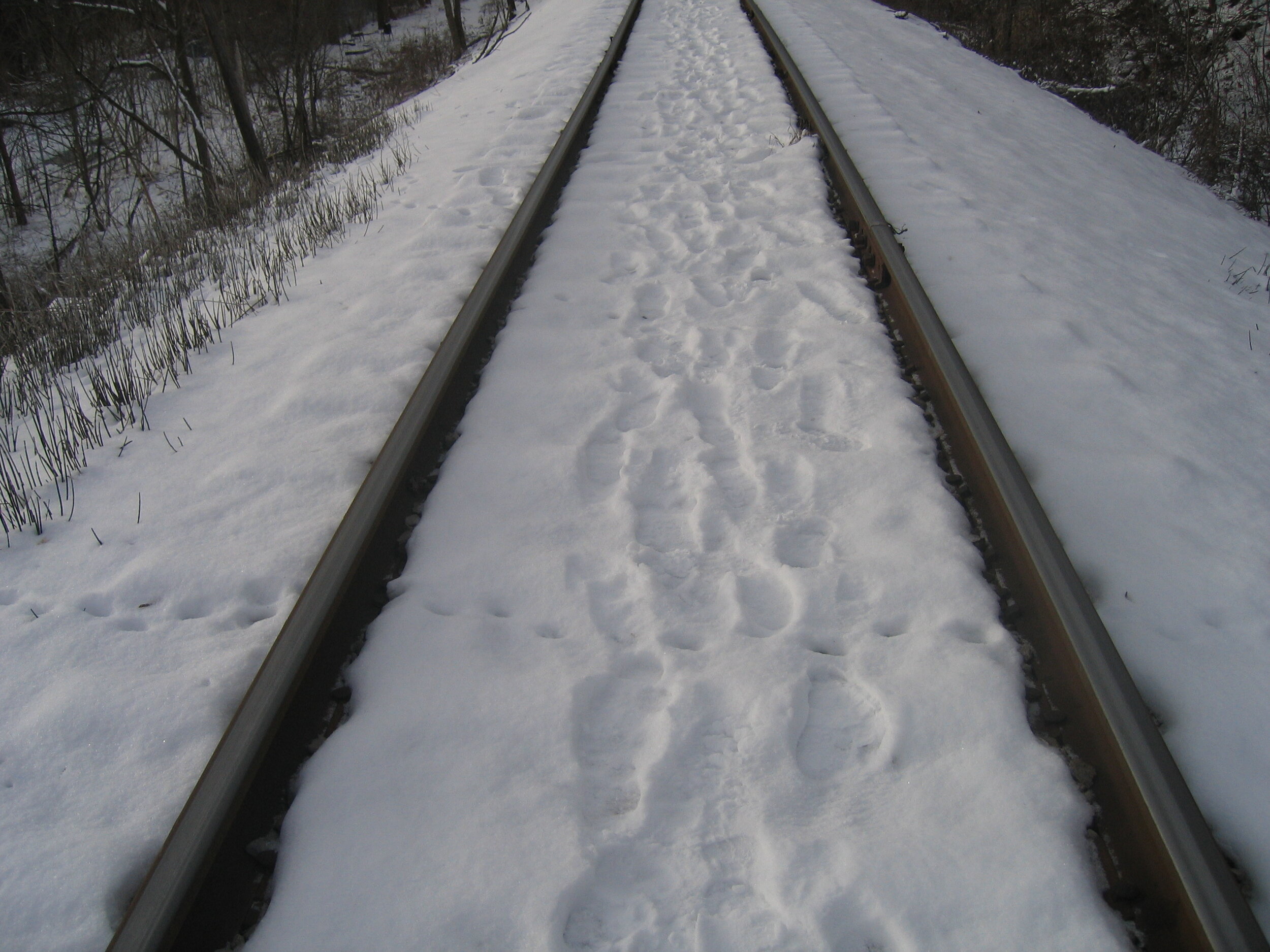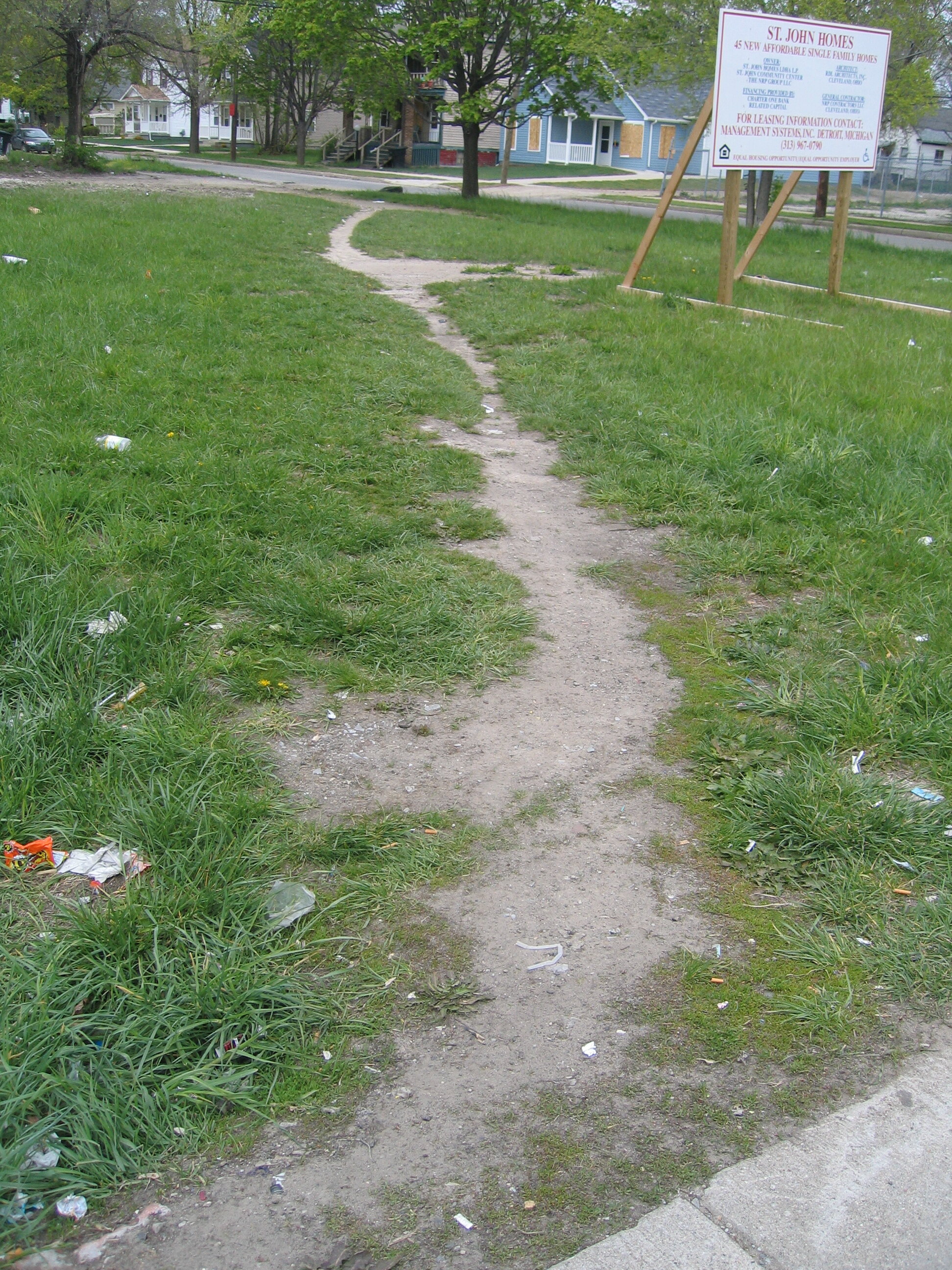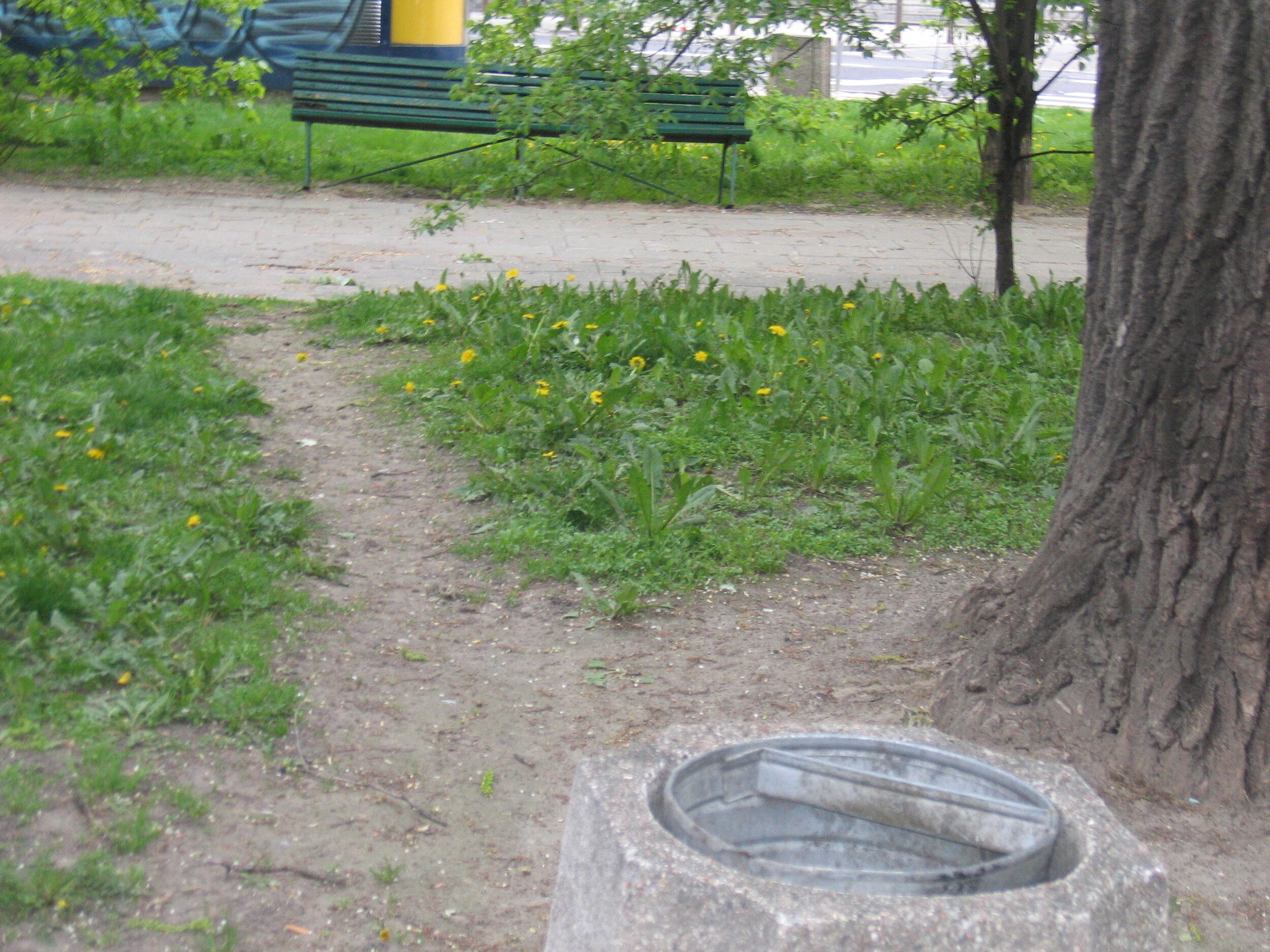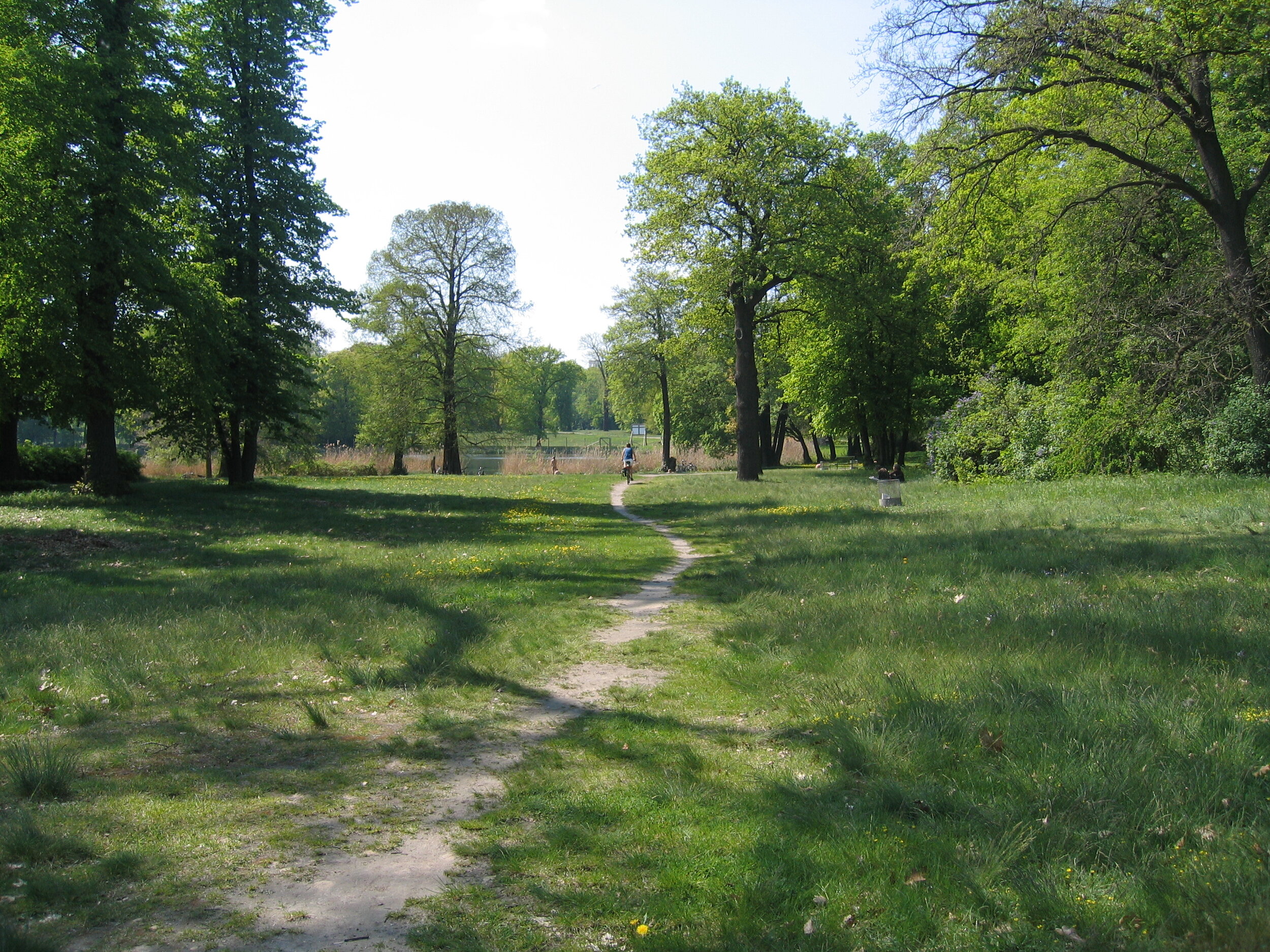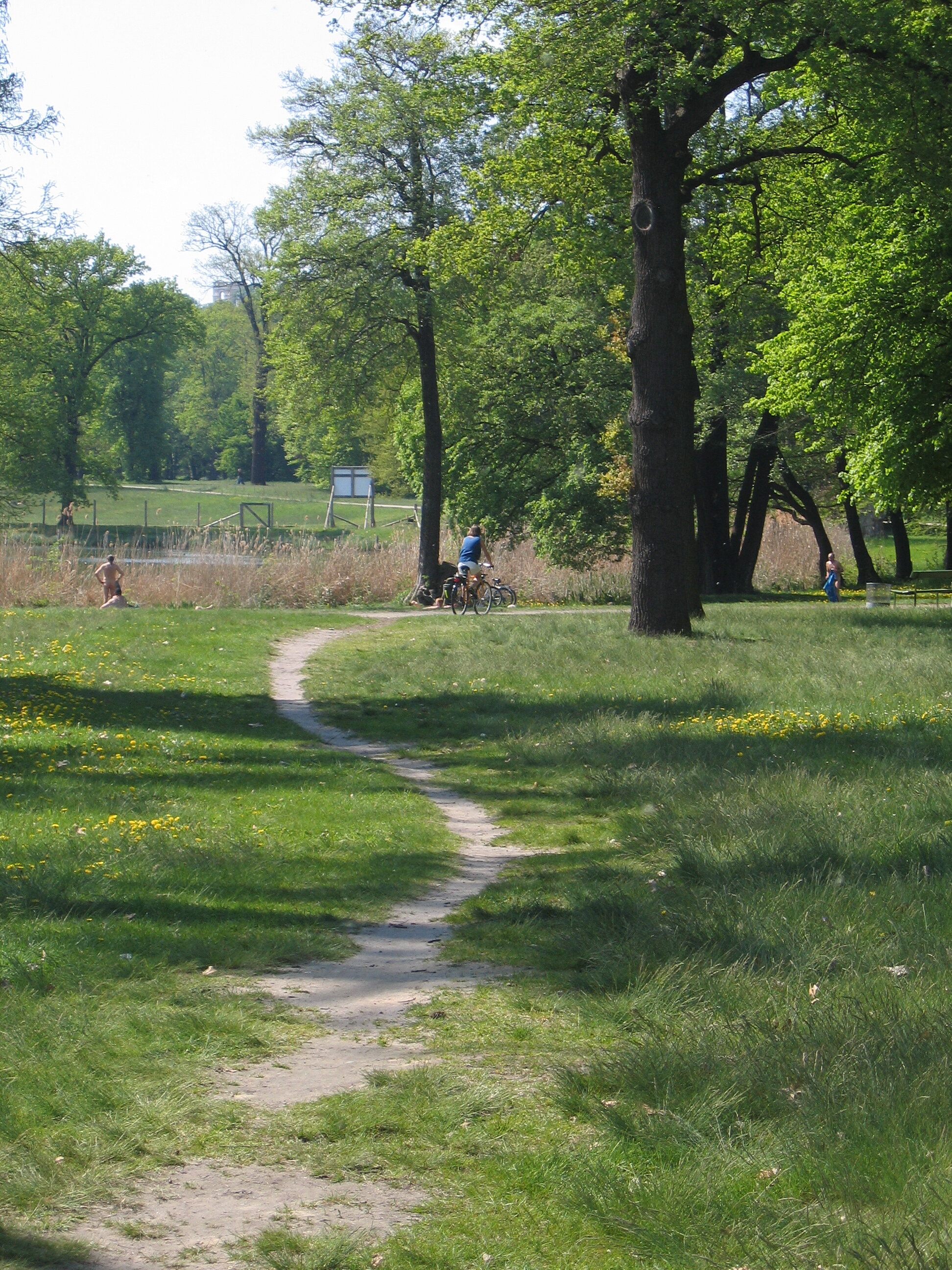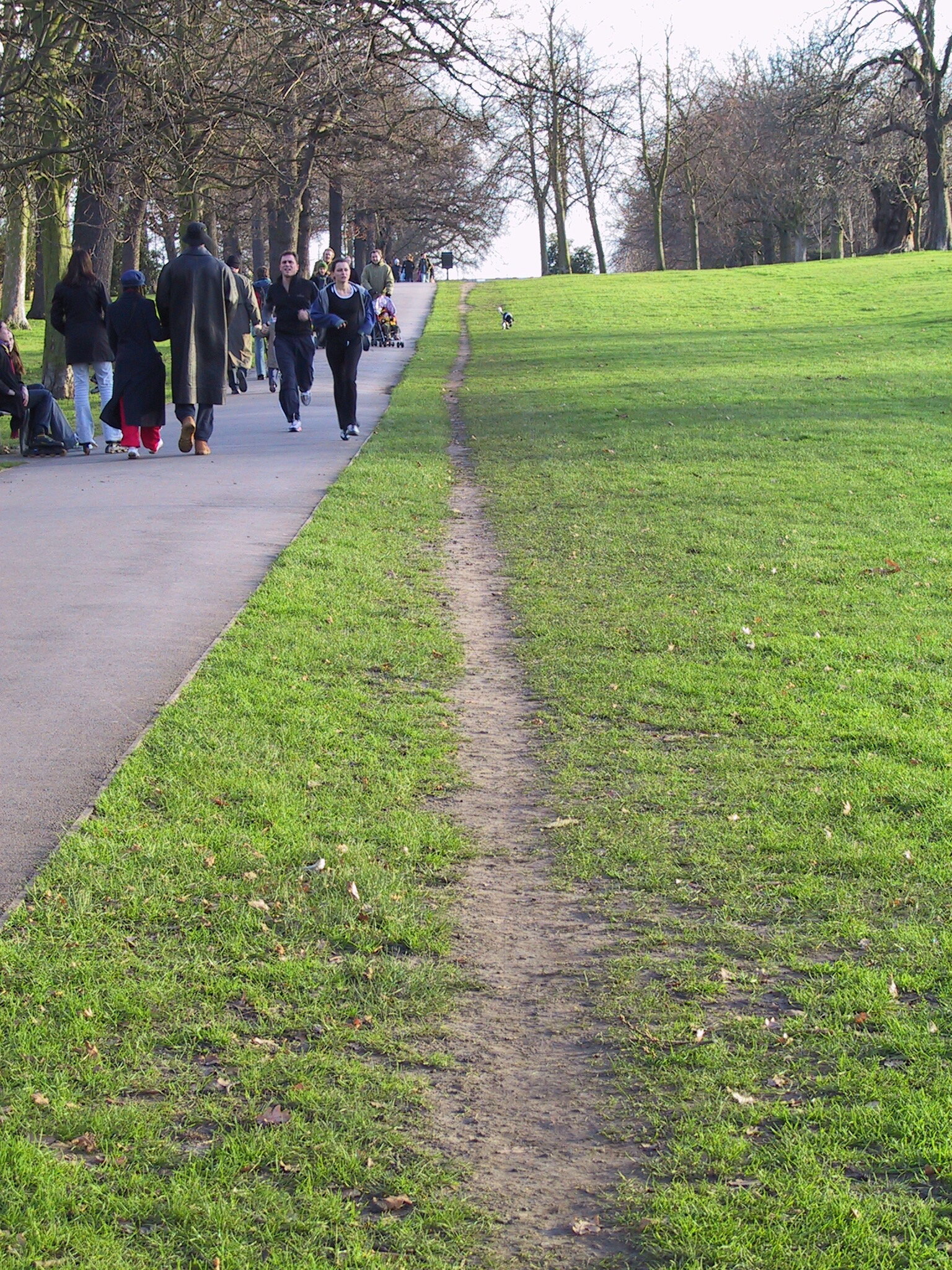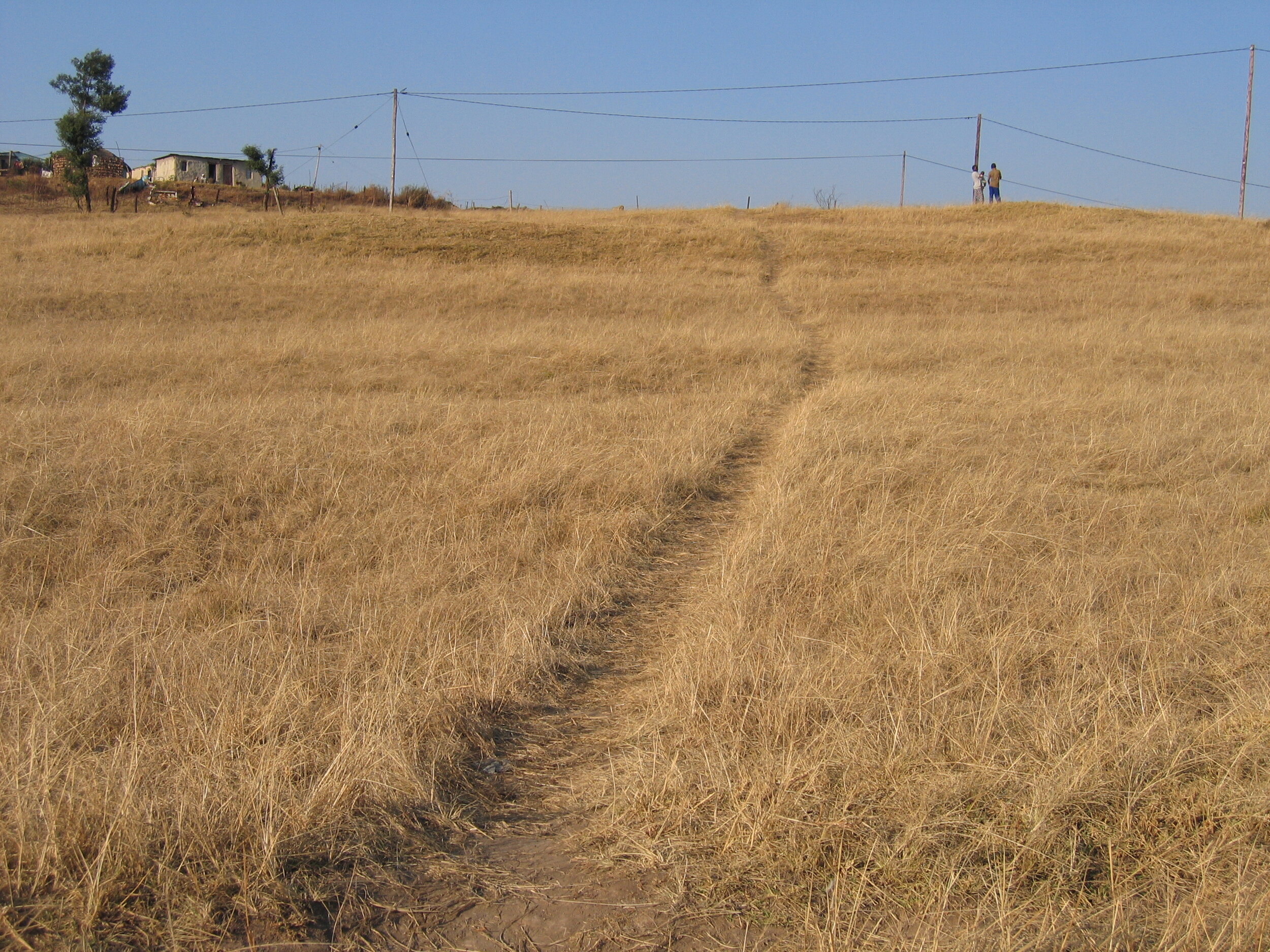desire lines
Detroit, Autumn/Fall 1999
Detroit & desire lines…
What a beautiful concept. Saying the words conjures up a multitude of images and feelings - bodies, flow, fluidity, lust, geometries, tracing...almost infinite possibilities of imaginings. For me desire lines also signify deviations and interruptions - from the constrictions of the urban planning grid, and from psychological pressures of time and conformity: making paths where we want to go, literally and metaphorically, making our own way, in our own time. However, for others, and specifically in Detroit, these paths are born out of necessity and a lack of municipal infrastructure for large swathes of the population.
Simon Pope calls a desire line running through former common land in Kennington Park, London "only one of many acts of resistance"[1] Walking desire lines in Detroit, we thread new ways through the grid, out of rhythm with the streamlined assembly line and fast lane to the suburbs, slowly, open to the vagaries of weather and variances in topography, to chance encounters with people and animals. We resist the tempting flow of commerce and industry, along paths made through fields and abandoned lots, where a startled pheasant takes off in noisy flight. These are the desire lines that are trodden into the vacant lots by the everyday steps of women, men and children going about the everyday business of getting where they need to go. A clearly visible, yet hidden, trace of human movement and mobility, that is not counted and statisticised but one that is implicated with meaning and power, poverty and freedom.
Walking these desire lines in 1999 was the start of my walking practice that has grown and developed in conjunction with other walkers, travellers, pedestrians, amblers, ramblers, drifters and loiterers. It was also the inspiration for the Walking Project, a cultural exchange between communities in KwaZulu-Natal and SouthEastern Michigan.
Desire lines continue to inspire me, leading me along less travelled low ways and byways, knowing that I am retracing and following in the steps of others who have gone before.
[1] p.70 Pope, Simon (2000) london walking: a handbook for survival, UK: ellipsis
For an article on desire lines click here: Detroit, desire lines and walking from one thing to another Article in: Living Maps (Spring 2020)
http://livingmaps.review/journal/index.php/LMR/article/view/202
Detroit desire lines - aerial views
Between 2014 and 2017 I continued to walk Detroit desire lines, re-tracing my footsteps from the first walks in 1999, repeating favourite walks and re-finding the paths we had walked during the Walking Project, meeting new people, walking with colleagues old and new; encountering the strange within the familiar. Nothing stays the same….cities creep into nature, nature creeps into the cities. Detroit has undergone yet another regeneration, yet again mostly benefitting those that can afford the trendy apartments and new builds within the city centre and midtown.
With Jean Wilson, long-time Detroit activist and artist I walked the desire lines around discovering the literal and metaphorical shifts of the cityscape: finding the
With Bill Tite from ….I walked desire lines around the railway lines, the Island
I was exploring the archaeology of the 17 years of my own walking and talking along Detroit desire lines. It was striking to see the grass covered CASE STUDY - JOHNs CARPET BAR….Gathering material
In I was invited to exhibit work from my walking practice at the Manchester curated by Morag Rose and the Loiterers Resistance Movement (LRM).
What methods can we develop to re-create the past before our eyes, in situ, rather than in books, on film and in exhibition halls and galleries?
Song for John’s Carpet Bar
John’s Carpet bar was just that: a bar created from his garage (in the loosest definition of the term) that he’d built onto his house that was wall to ceiling carpet. Carpet that moulded to the mud floor and curled away from the corners where tacks or glue no longer held it. We had dressed up - nice shirts, trousers, from Value Village, we’d had our hair cut by Curtis out on DeQuindre, previously Black Bottom. We looked butch, older, out of place, but we’d come to hear the blues and to dance. The band was already playing, a bass player, guitar, and drums. Now and then John would go up and play, when he wasn’t serving beer, whisky or chicken wings which he brought from out back on small polyester plates. When I say the band was playing, they did a lot of beginnings, playing around, improvising, then when they’d break into a full tune we’d get up from the white plastic tables and chairs and dance, slightly awkwardly, the carpet making it difficult to look cool and slide your feet easily from one move to another. There never seemed to be too many others on the dance floor or at the tables and those that were there were from the neighbourhood. Things would peter out, the musicians would stop, John would take up the guitar, the electrics faltered, lights flickered. Plastic cups fell to the floor. The musicians were black, we were white, lesbians, looking for Detroit, for one kind of Detroit.
Sunday late mornings on were busy - there was a large abandoned grassy lot on Frederick, opposite John’s Carpet Bar, low wide cars slid to a stop along the sidewalk, people meandered along to sit on improvised seats, at tables, on picnic blankets, benches, cable wheels, they brought barbecues, big coolers, deck chairs, umbrellas. It was summer, buzzing with bees and the excitement of conversations, laughter and handslaps. The corn tamales guy had been setting up for a while, the mc was taking names of who was going to perform and making a running order. More people came after church, looking smart in Sunday bests, well turned out. The sun got hotter, people staked their claims to the shade of a catalpa tree. Anyone could ask to perform and be put on the list. Anyone could get up and sing or dance and there was always someone, a little or very drunk, with few clothes on, who would be up there, in front of the band, swaying, singing, a bottle or plastic cup in hand, laughing. Children running around, people eating, food smoking, We were all there to hear the blues and make the most of a summer Sunday in a leafy neighbourhood in the Motorcity never mind that it was so close to the incinerator, or that the toilet was nothing but a couple of pallets with some waffle board tacked on; it had a sign, saying ‘toilet’. I was a white girl from over the pond. Nothing to be doing in this city except to wonder what was going on, who was doing it and why.
John died, the bar fell into dilapidation, the garage collapsed, grass grew through the carpet. The house was set fire to and subsequently razed by the city, leaving nothing now but a mound of earth, growing more grass and sumac trees.
Blues Sundays still happen, there is now a proper construction site public toilet. Joe still sells his tamales….


